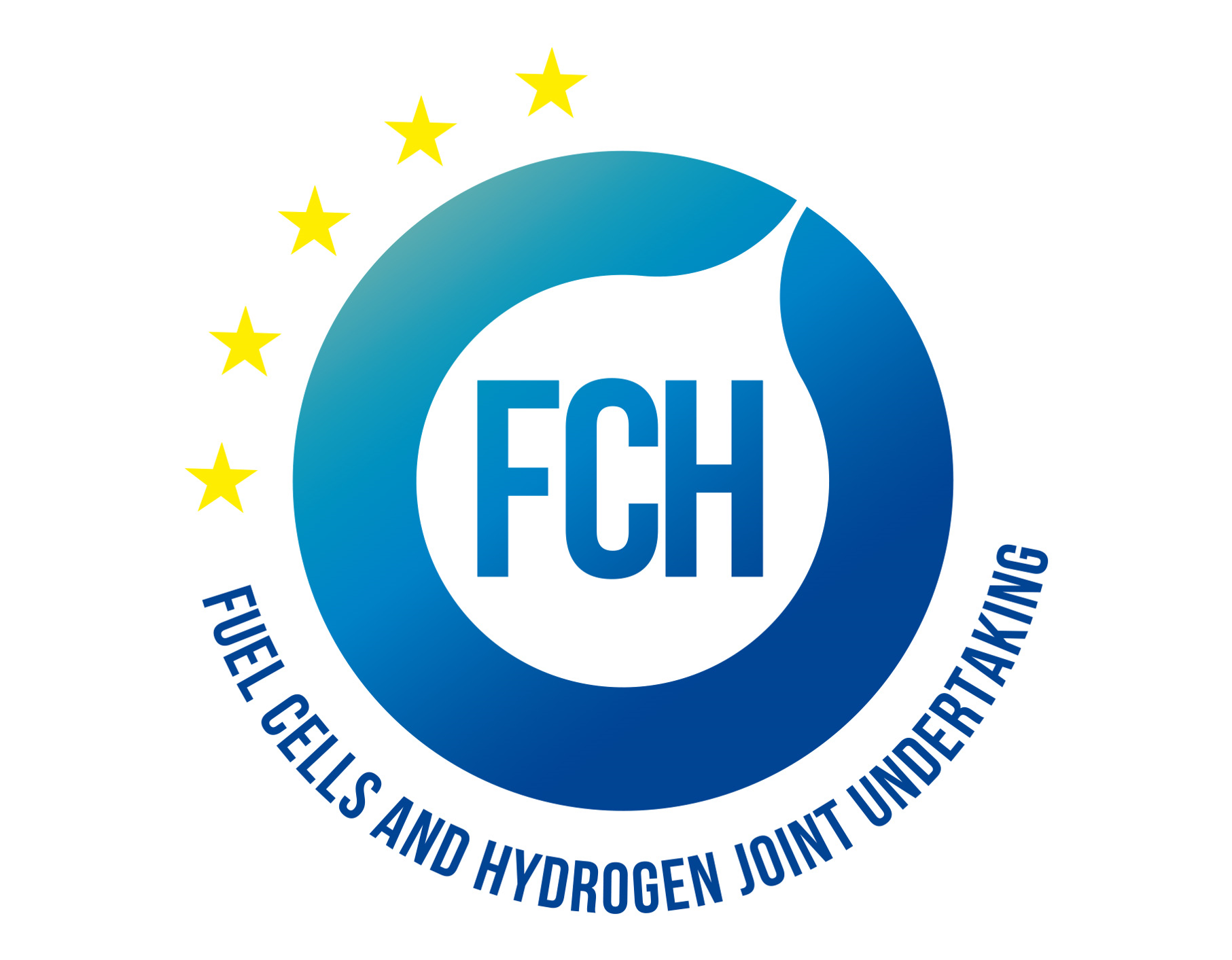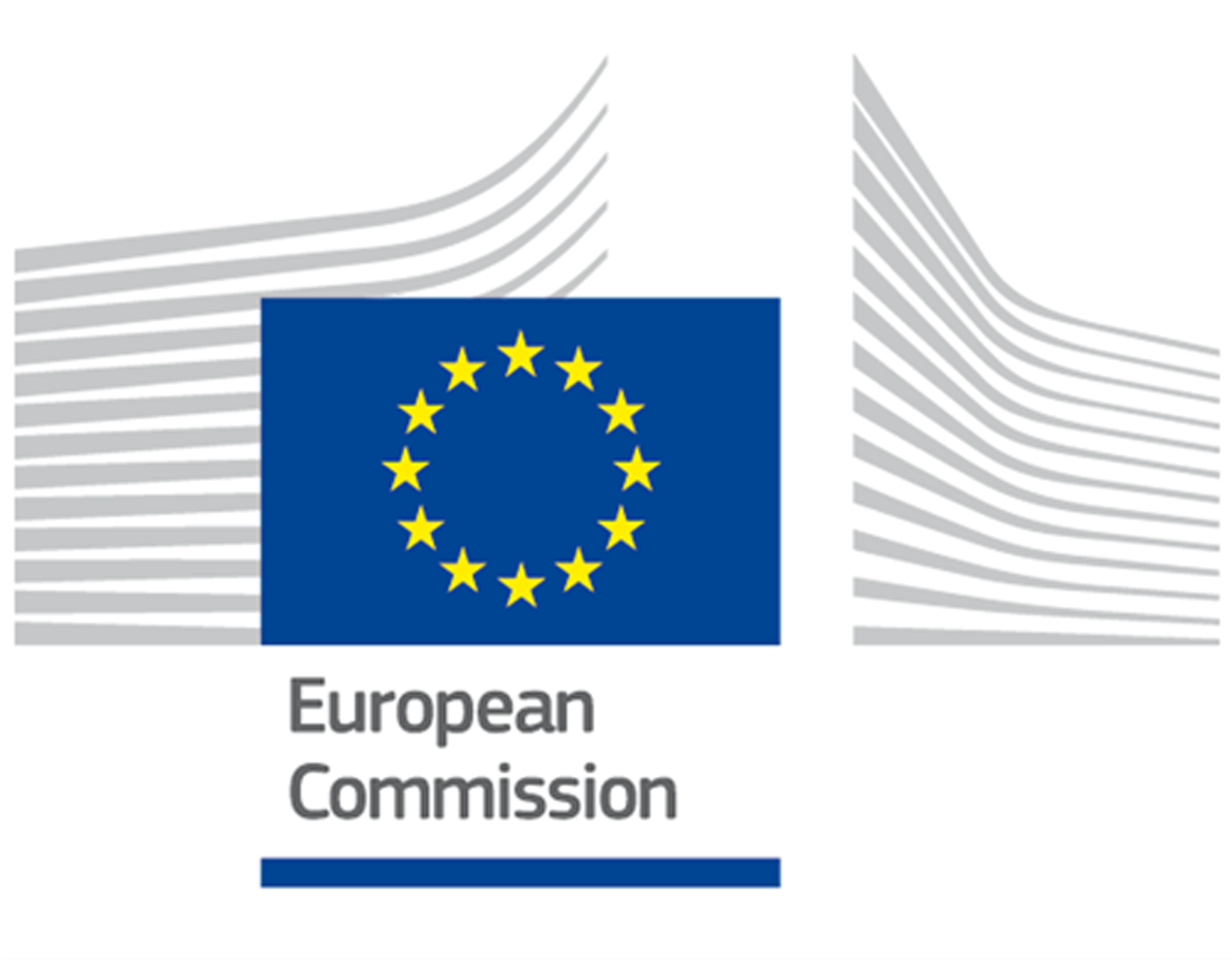About
Overview
HYDROSOL-beyond is an ambitious scientific endeavor aiming to address the major challenges and bottlenecks identified during the previous projects and further boost the performance of the technology via innovative solutions that will increase the potential of the technology’s future commercialization.
In this context, HYDROSOL-beyond will capitalize on the 750kWth existing operational infrastructure, built in the HYDROSOL-Plant project, as well as on a “cluster” of relevant solar platforms and units (owned & operated by the project partners) in order to collect diverse experimental data from a wide range of achievable solar power (50-750kWth) facilities. This way HYDROSOL-beyond will have the flexibility of assessing the proposed novel approaches both under realistic environments and at different scales.
Objectives
The main objectives of HYDROSOL-beyond are the:
- minimization of the parasitic loses mostly related to the high consumption of inert gas via the introduction of innovative concepts for the purification and the potential full recycling of the utilized gases
- efficient recovery of heat at rates >60%
- development of redox materials and structures with enhanced stability (>1,000 cycles) and with production of hydrogen ~three times higher than the current state-of-the-art Ni-ferrite foams
- development of a technology with annual solar-to-fuel efficiency of ≥10%
- improvement of the reactor design and introduction of novel reactor concepts
- development of smart process control strategies and systems for the optimized operation of the plant
- demonstration of efficiency >5% in the field tests, i.e. during operation at the 750kWth HYDROSOL solar platform (PSA, Spain)


This project has received funding from the Fuel Cells and Hydrogen 2 Joint Undertaking under grant agreement No 826379. This Joint Undertaking receives support from the European Union’s Horizon 2020 research and innovation programme and Hydrogen Europe and Hydrogen Europe Research

